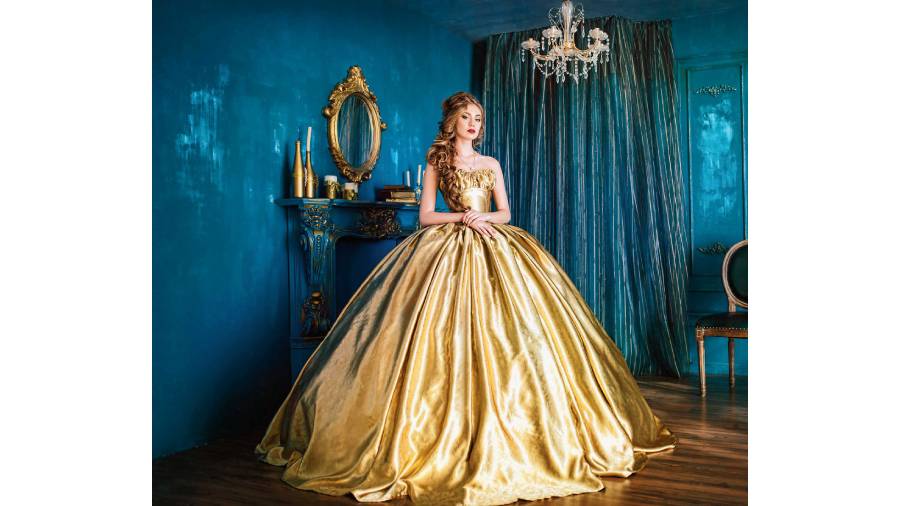The cyclical nature of this universe throws up strange patterns indeed. What were taboos centuries ago became the norm just as taboos today were the rage back then.
Let’s talk about legs. In medieval Europe a woman’s legs weren’t even described as legs, they, and the arms, were referred to as limbs. The freedom of displaying one’s legs was simply out of question for all women, more so for those in the upper classes. Their limbs had to be covered in floor length clothing, or dresses, whatever they were called depending on their place in the social hierarchy.
“In general women were closely allied to the devil, responsible for leading men astray, from Eve onwards,” says Sajni Mukherji, former professor of English, Jadavpur University.
In Geoffrey Chaucer’s narrative poem ‘Troilus and Criseyde’, where he comes closest to describing a scene of sexual bliss, Criseyde’s arms and legs are both referred to as limbs, she points out.
“The Wife of Bath in Chaucer’s ‘Canterbury Tales’, mentions the legs and what goes between them when speaking of one of her lovers, and refers to her own sexual part, but no mention of her own legs as far as I recall,” adds Mukherji.
For the most part, the skirts worn were made of rigid fabrics, which if not rigid enough, were reinforced by various contraptions and layers and sub-layers of fabric meant to ensure limited movement. These clothes were rather heavy and intended to conform to the prevalent fashion rather than to any degree of comfort. All floor length skirts, without exception, were voluminous and billowy.
The Hobble Skirt was symptomatic of this madness to the hilt. It basically did what it denoted: caused the wearer to hobble as she walked thanks to the circumference of the hemline which was severely constricted and that too by actually tying the billowy skirt to the ankles. Impossible to believe, but true it is. Thankfully this skirt died a quick death.
Working class women wore floor length clothes in thick fabrics.
“In prudish Victorian England 500 years later legs were not to be mentioned at all. Not even those of a table or a piano,” says Mukherji.
Things began to change ever so slowly as the 20th century approached. The skirts slowly inched up to the ankles. In the 1920s, there appeared on the firmament of female fashion a French woman who was to change the game forever: Coco Chanel, who was to immortalise her perfume brand.
With boldness hitherto unprecedented, Chanel ripped away the fetters of restrictive clothing that had reigned in Europe for centuries. She introduced light knit fabrics — used for undergarments till then — to design wearable and practical clothes. No wonder Chanel’s clothes raged on both sides of the Atlantic.
Equally profound was the fact that Chanel also introduced skirts that ended just below the knee. In them, women’s legs could feel the breeze and the sun. What was a taboo for centuries was now gaining acceptance. But when something comes, something else goes. Throughout the past centuries and more, the baring of the cleavage, including the nipples, had been the accepted trend among upper class women, including royalty.
Within the span of 50 years, the last quarter of the 19th century to the first quarter of the 20th, legs started appearing and nipples started disappearing. Just as Mary Quant came up with the mini skirt in the 1960s and women’s thighs were freed, so too appeared the T shirt bra with its seamless generic look and secure padding that pushed the nipples so deep within that it seems impossible now that there was a time when upper class and royal women sat for their portraits in bared nipples, rouged to the hilt. Yes, it’s true.
More about such surprises some other day!
The columnist is the founder-CEO of Necessity-SwatiGautam, a customised brand of brassieres. Contact:necessityswatigautam@gmail.com










